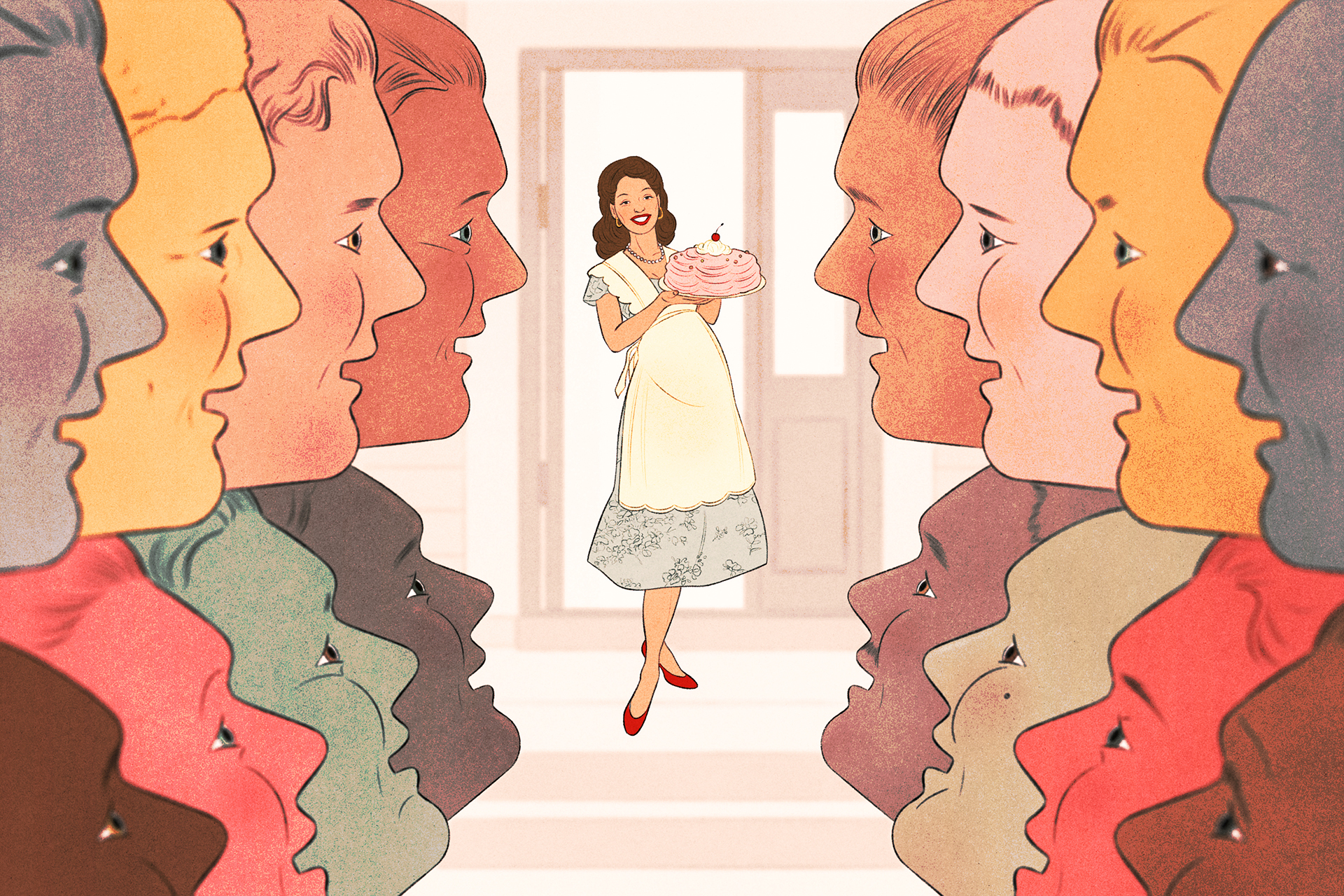The Rise of the “Trad Husband”: Redefining Traditional Roles
The internet is no stranger to trends, and the latest one stirring conversation is the rise of the “trad husband.” But what does this term really mean, and what are the implications of embracing such a role in modern society? It’s more complex than meets the eye, and its effects ripple through relationships, finances, and societal expectations.
Behind the Trend: More Than Just a Role Reversal
The “trad husband” phenomenon often emerges alongside the “tradwife” (traditional wife) trend, popularized by online influencers advocating for conservative gender roles. The core concept involves the husband taking on the role of primary breadwinner and leader of the household, while the wife dedicates herself to homemaking and childcare. The story of Daniel and Brianna Bell, a couple who met as college students near Toronto, exemplifies this dynamic. Brianna, influenced by traditionalist messages from her church, embraced the “tradwife” lifestyle. Daniel, a pastor, found himself in the role of provider, facing the pressures and unexpected challenges that came with it.
The Financial Tightrope Walk
While the “trad husband” might enjoy benefits like less housework and cooking responsibilities, the role often comes with significant financial burdens. Daniel, for instance, faced the daunting task of supporting his entire family on a pastor’s salary, which sometimes dipped as low as $9,000 a year. This financial pressure can create immense stress, as the “trad husband” feels the responsibility of providing for his family’s needs and desires. It raises questions about the economic sustainability of such arrangements, particularly in an era of rising costs and economic uncertainty.
Beyond the Surface: Implications and Considerations
The “trad husband” trend prompts a deeper examination of gender roles and societal expectations. While some may view it as a harmless return to traditional values, others argue that it reinforces potentially harmful stereotypes and limits individual potential. The key question is whether these roles are chosen freely and equitably by both partners, or whether they are imposed by societal pressure or internal biases. Furthermore, it’s crucial to consider the potential for power imbalances within the relationship, and the impact on women’s economic independence and career aspirations.
Conclusion: A Complex and Evolving Landscape
The “trad husband” is more than just a catchy label; it represents a complex and evolving societal trend. While it may offer certain benefits and appeal to some couples, it also presents significant challenges and raises important questions about gender roles, financial stability, and individual fulfillment. As this trend continues to gain traction, it’s crucial to engage in thoughtful and nuanced discussions about its implications for individuals, relationships, and society as a whole.
Based on materials: Vox





